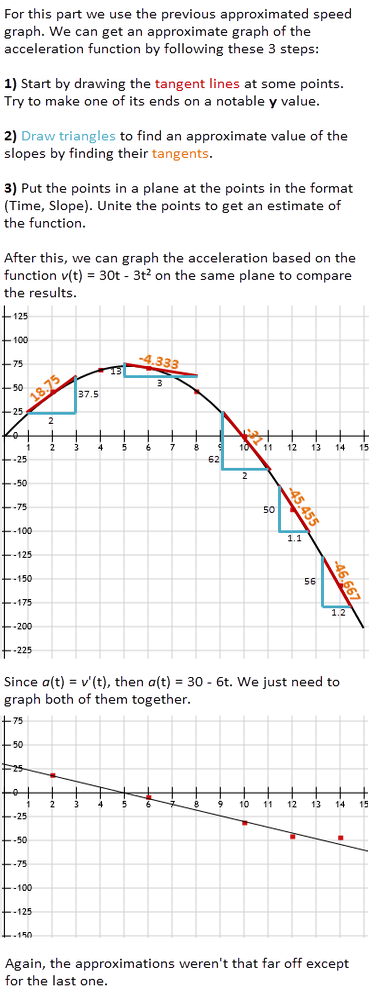

However, they were not able to "combine many differing ideas under the two unifying themes of the derivative and the integral, show the connection between the two, and turn calculus into the great problem-solving tool we have today".
#CALCULUS LEARN SERIES#
A complete theory encompassing these components is now well known in the Western world as the Taylor series or infinite series approximations. Madhava of Sangamagrama and the Kerala School of Astronomy and Mathematics thereby stated components of calculus. In the 14th century, Indian mathematicians gave a non-rigorous method, resembling differentiation, applicable to some trigonometric functions. He used the results to carry out what would now be called an integration of this function, where the formulae for the sums of integral squares and fourth powers allowed him to calculate the volume of a paraboloid. 1040 CE) derived a formula for the sum of fourth powers.


In the Middle East, Hasan Ibn al-Haytham, Latinized as Alhazen ( c. Ibn al-Haytham, 11th-century Arab mathematician and physicist In the 5th century AD, Zu Gengzhi, son of Zu Chongzhi, established a method that would later be called Cavalieri's principle to find the volume of a sphere. The method of exhaustion was later discovered independently in China by Liu Hui in the 3rd century AD in order to find the area of a circle. for example, calculating the center of gravity of a solid hemisphere, the center of gravity of a frustum of a circular paraboloid, and the area of a region bounded by a parabola and one of its secant lines. In The Method of Mechanical Theorems he describes. 212 BCE), who combined it with a concept of the indivisibles-a precursor to infinitesimals-allowing him to solve several problems now treated by integral calculus. 390 – 337 BCE) developed the method of exhaustion to prove the formulas for cone and pyramid volumes.ĭuring the Hellenistic period, this method was further developed by Archimedes ( c. Laying the foundations for integral calculus and foreshadowing the concept of the limit, ancient Greek mathematician Eudoxus of Cnidus ( c. Furthermore, the term "calculus" has variously been applied in ethics and philosophy, for such systems as Bentham's felicific calculus, and the ethical calculus.Īrchimedes used the method of exhaustion to calculate the area under a parabola in his work Quadrature of the Parabola.

Examples of this convention include propositional calculus, Ricci calculus, calculus of variations, lambda calculus, and process calculus. In addition to the differential calculus and integral calculus, the term is also used for naming specific methods of calculation and related theories which seek to model a particular concept in terms of mathematics. In this sense, it was used in English at least as early as 1672, several years prior to the publications of Leibniz and Newton. Because such pebbles were used for counting out distances, tallying votes, and doing abacus arithmetic, the word came to mean a method of computation. The word calculus is Latin for "small pebble" (the diminutive of calx, meaning "stone"), a meaning which still persists in medicine. In mathematics education, calculus denotes courses of elementary mathematical analysis, which are mainly devoted to the study of functions and limits. Today, calculus has widespread uses in science, engineering, and social science. Later work, including codifying the idea of limits, put these developments on a more solid conceptual footing. Infinitesimal calculus was developed independently in the late 17th century by Isaac Newton and Gottfried Wilhelm Leibniz. These two branches are related to each other by the fundamental theorem of calculus, and they make use of the fundamental notions of convergence of infinite sequences and infinite series to a well-defined limit. It has two major branches, differential calculus and integral calculus differential calculus concerns instantaneous rates of change, and the slopes of curves, while integral calculus concerns accumulation of quantities, and areas under or between curves. Calculus, originally called infinitesimal calculus or "the calculus of infinitesimals", is the mathematical study of continuous change, in the same way that geometry is the study of shape, and algebra is the study of generalizations of arithmetic operations.


 0 kommentar(er)
0 kommentar(er)
